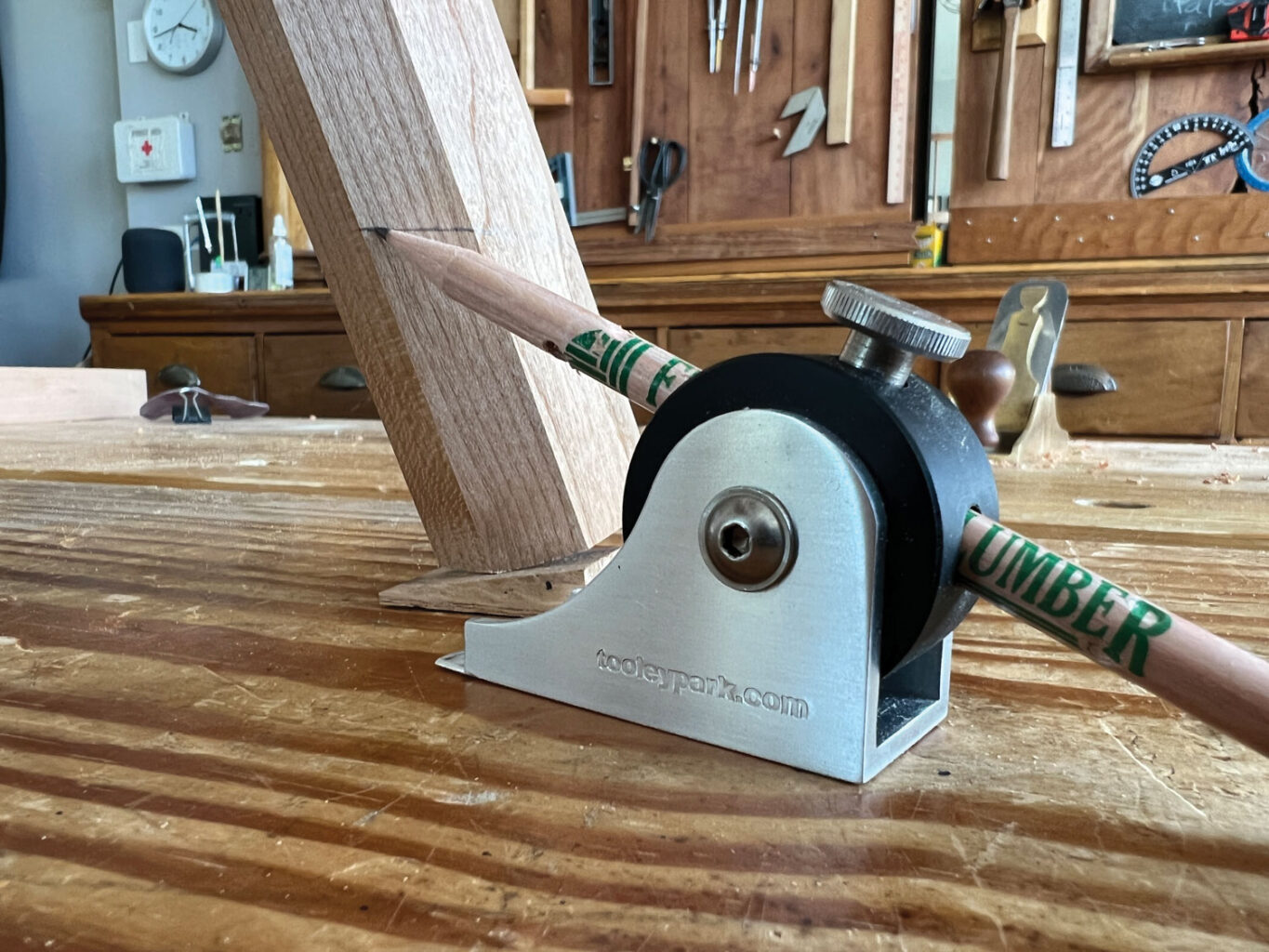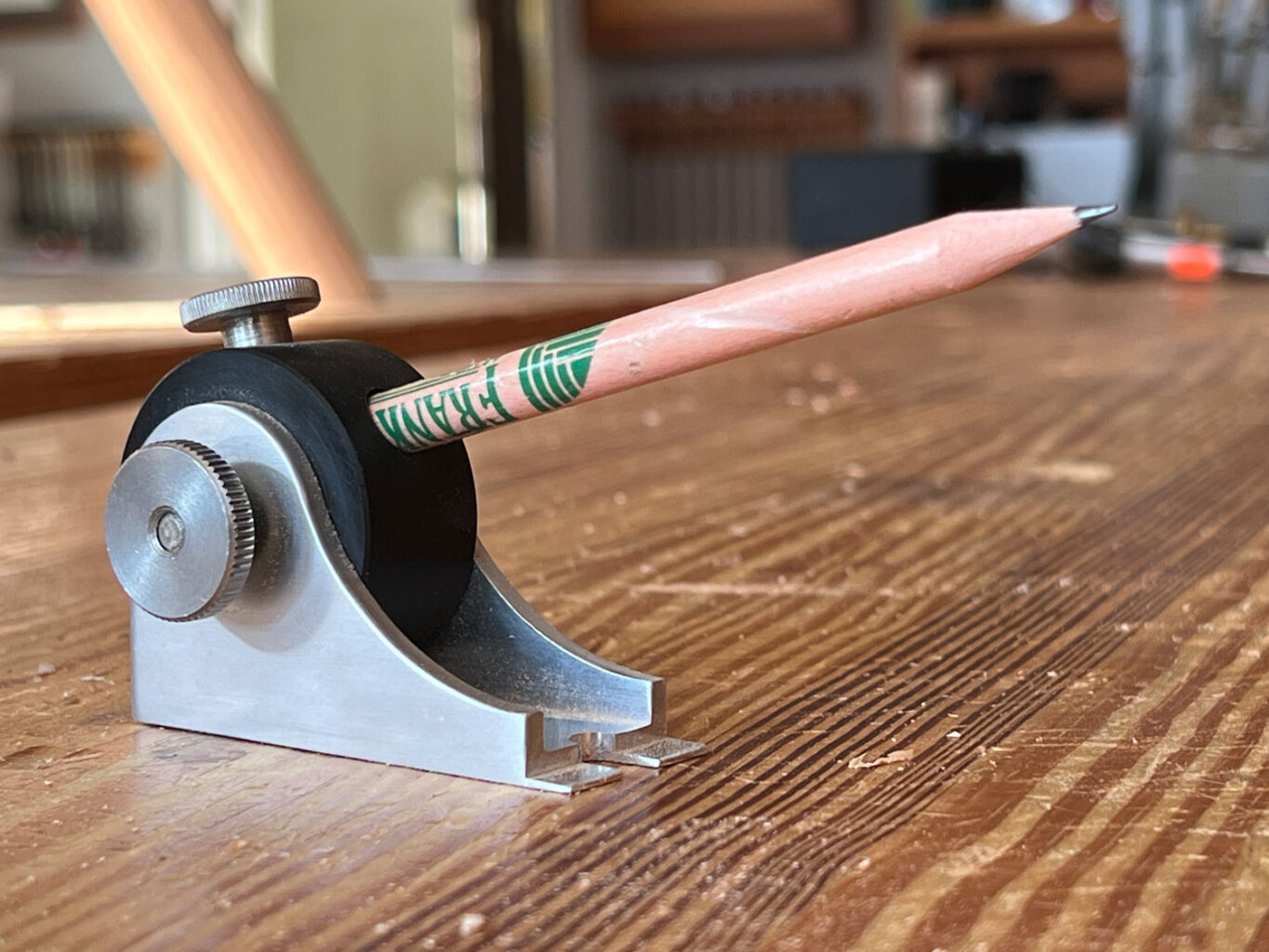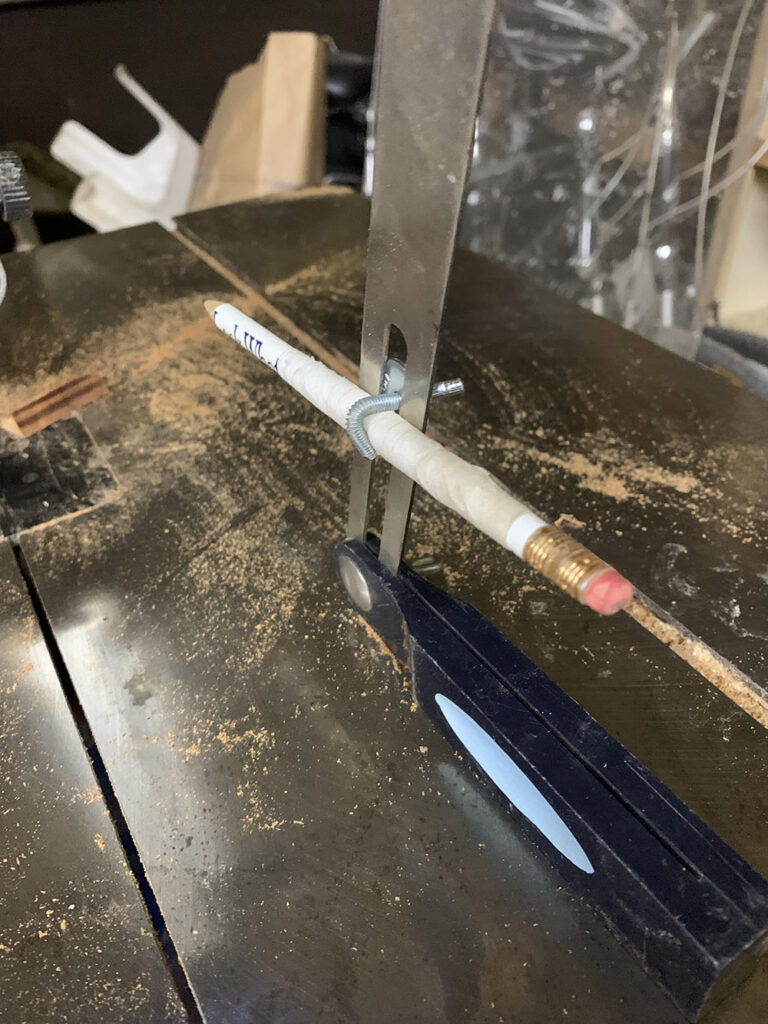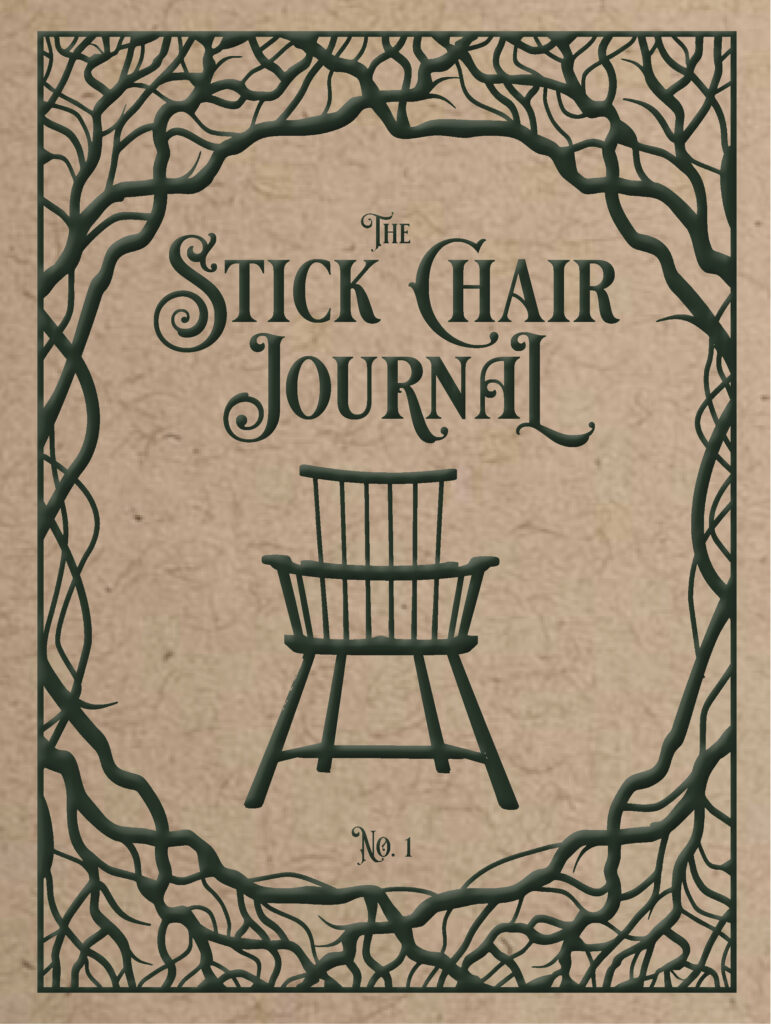The Stick Chair Journal is in the final stages of production and will be released in Fall 2022. We’ve added it to the store so that you can sign up for to be notified when it is available. To do that, visit the store page and click on “Notify Me.” (Note that on the front page of the store, there’s a banner on the Journal (and other items with zero units in stock) that reads “sold out.” Underneath is the “notify me” banner.)
When it’s available (again, not until Fall), there will be two ways to purchase it:
1. Order the softcover version and you will also receive two PDFs: a PDF of the journal and a second PDF of the patterns for the chair in this issue at checkout.
2. Order the PDF of the Journal and you will receive two PDFs: a PDF of the journal and a second PDF of the patterns for the chair in this issue at checkout.
We plan to print 4,000 copies – and when the press run sells out, that’s it (though the PDF will remain available). Unlike with our books, we do not plan to reprint to keep the physical item in stock.
The Stick Chair Journal, will be an annual publication that aims to expand the universe of all things stick chair: More history. More plans. More techniques. Reviews of tools. And Big Thoughts. It is a supplement to “The Stick Chair Book.“
In Issue No. 1, you’ll find:
• A Lousy Way to Run a Railroad: An explanation of what this journal is all about.
• How & Why to Make Hexagonal Parts: An exploration of hexagonal chair parts. How to make them both by hand and with some machine assistance. Plus the design considerations for their visual and actual mass.
• True Grit: A Dirty Job, But Not a Dirty Word: Abrasives in woodworking predate planes and other edged tools. There’s no shame – and there is plenty of historical precedent – in sandpaper.
• The Fat Boy Scriber: An ingenious tool for marking leg lengths and, with an easy modification, marking curves.
• Chairmaking on the Cheap(er): You don’t need expensive tools; here are less expensive and accurate alternatives for cutting tenons, fitting combs and locking in your important angles.
• Comb-back with an Improved Arm: Complete plans and construction information for a new six-stick comb-back chair, with a four-piece, mitered-end armbow and a thin, cut-away profile on the hands.
• Stick Chairs in the Wylde: The road to becoming a good chairmaker is looking deeply at beautiful chairs. We explore a chair that has launched the chairmaking careers of many makers.
• A Vampire Chair: A fabled chair in Tennessee was broken apart to murder its owner. Now that it has been repaired, it’s acting odd.
— Fitz
Like this:
Like Loading...







